By Eric Fruits, Ph.D.
On September 21, 2020, Oregon’s Senate heard policy proposals to advance equity in education. Senators seeking the quickest and most effective way to achieve equity during this pandemic should flip the state’s funding model. Instead of funding the public school system, the state should support students directly by providing each student as much as $10,500 from the State School Fund.
My fifth grader in Portland Public Schools just got his daily COVID-19 class schedule, and there’s a lot of alone time. On a typical day, he meets with his classroom teacher over Zoom for 75 minutes over the 6.25 hour day. There’s a half-hour “morning meeting,” 30 minutes to go over language arts and social studies, and 15 minutes to discuss math. Nearly three-quarters of the time he’s “in school” he’s actually watching videos posted by his teacher or working on his own.
Governor Kate Brown and the school system frequently remind us, “We’re all in this together.” But, if you talk to parents and kids, many feel like they’re all on their own. On their own to find space for their kids to work. On their own to buy the laptops, printers, webcams, microphones, and headphones to support “online learning.” On their own to pay their broadband providers to supply enough bandwidth to support multiple people video conferencing at the same time. On their own to balance their jobs or job hunts with the school’s Zoom-on, Zoom-off daily schedule.
When our politicians and policymakers say, “We’re all in this together,” what they’re really saying is, “Tighten your belt and toughen up.” For example, when parents tried to enroll their children in online charter schools with a long history of distance learning, the Oregon Education Association lobbied against lifting an enrollment cap. The union argued even a modest lifting of the cap would deny funding to public school districts. To them, our kids are just numbers fed into a formula that funds the system. Rather than working with existing money, they are demanding even more spending on the public school system.
Elizabeth Thiel, the president of Portland’s teachers’ union, says in order for schools to re-open to students, federal and state taxpayers must fund more “investments” in overhauling school ventilation systems, buying personal protective equipment for teachers, and “doubling or more” the number of teachers to allow small group instruction.
On average, Oregon school districts receive about $10,500 per student from the State School Fund. If students aren’t getting instruction from their public schools, they should get that money back to receive instruction elsewhere. States like Oklahoma and South Carolina have already taken advantage of similar ideas by reallocating much of their federal stimulus dollars directly to families to help them adapt to this school year.
Instead of waiting for DC to deliver more federal money, Oregon must put families first by allowing education dollars to follow children to the school that works best for them—whether that’s a traditional district-run public school, charter school, private school, home school, or learning “pod.”
Think of it as a money-back guarantee. If the public school isn’t working for your kids or your family, you should have a right to take that money and spend it where it works with your child’s needs and your family’s schedule. If enough students leave the public system, the smaller class sizes demanded by Ms. Thiel can be achieved without doubling the number of teachers on the public payroll.
Direct funding of students reduces inequities in school systems because it allows all students to have access to education alternatives. Almost 60% of public charter school students in the U.S. are Black or Hispanic. Imagine what these families could do with as much as $10,500 per student to spend on educational expenses. If equity is the goal, school choice through direct funding is the surest and quickest path.
If your local grocery store doesn’t re-open or can’t keep its shelves stocked, families can take their money elsewhere. So why are families locked into schools that don’t fit their needs? Let’s give a money-back guarantee to every student and their struggling families. Education funding is intended to help children learn, not to entrench the education establishment.
Eric Fruits, Ph.D. is Vice President of Research at Cascade Policy Institute, Oregon’s free market public policy research organization. He can be reached at [email protected].
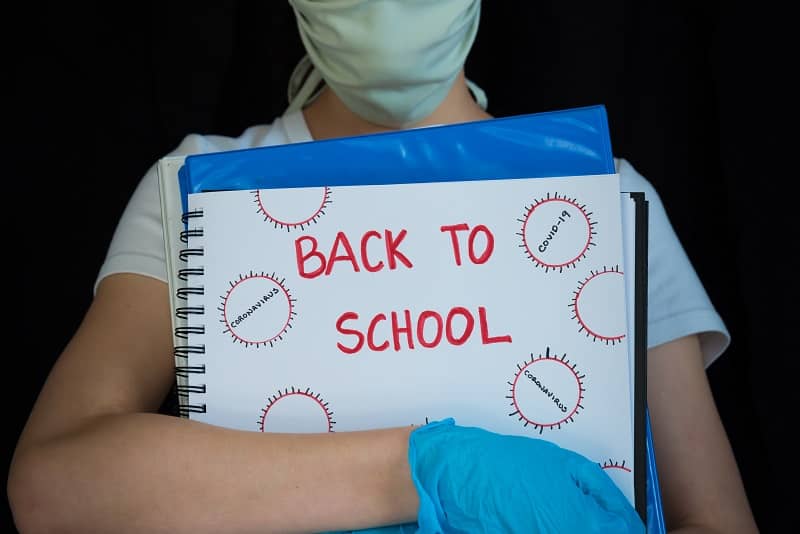


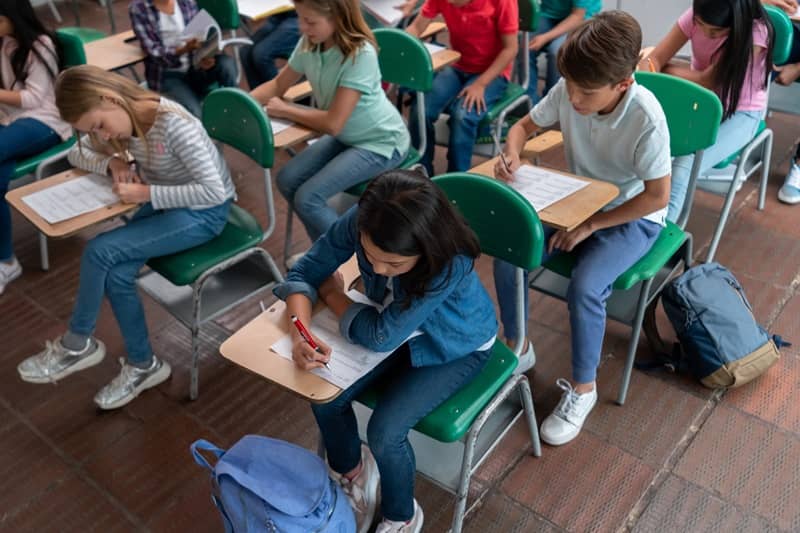

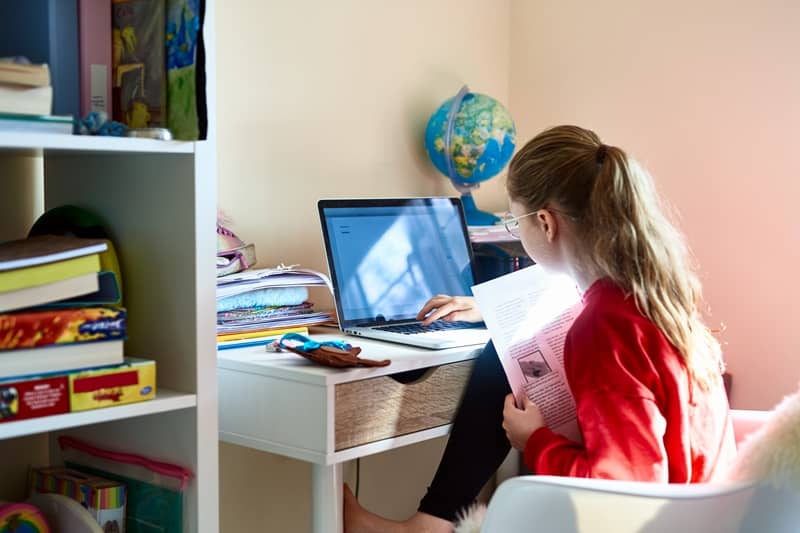
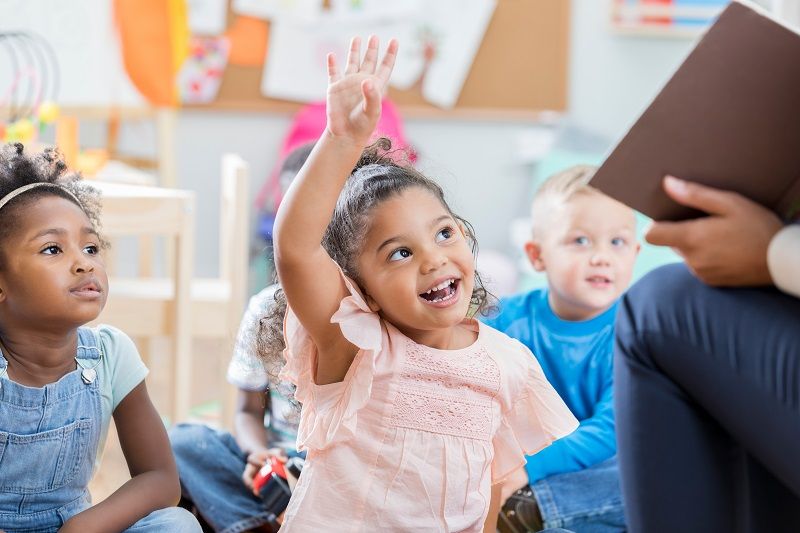
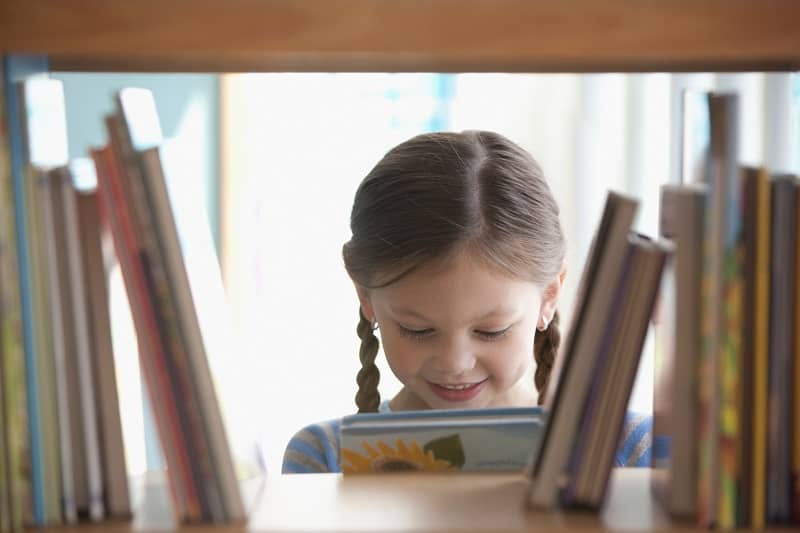

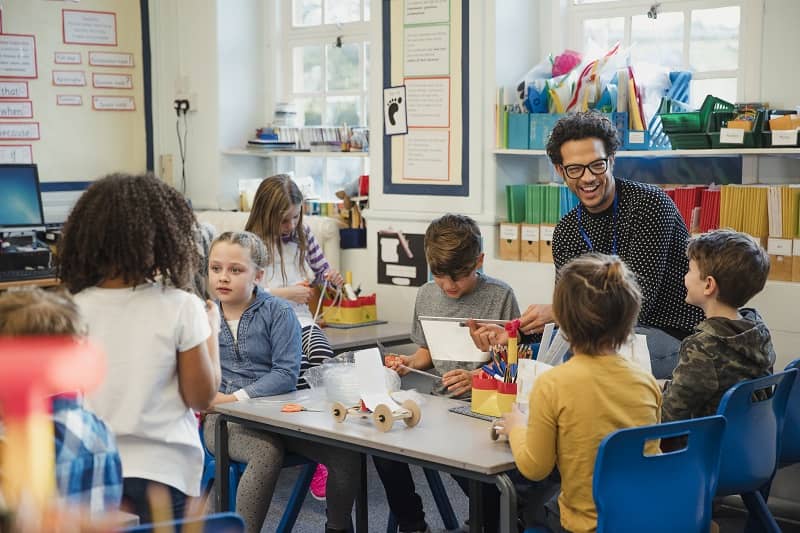


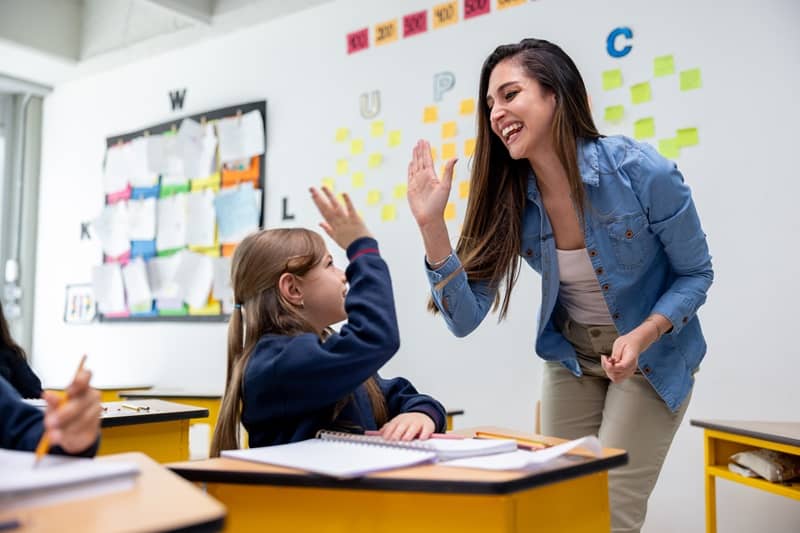
Elizabeth Clay
Many Central Oregon parents have moved from the pubic brick and mortar schools to learning pods attached to charter schools as well as 100% home based schooling incurring out of pocket expenses. We need this bill to help us fund our learning pods and other forms of co-ops through this education savings bill I see introduced. What can our community do to help advocate for this bill?